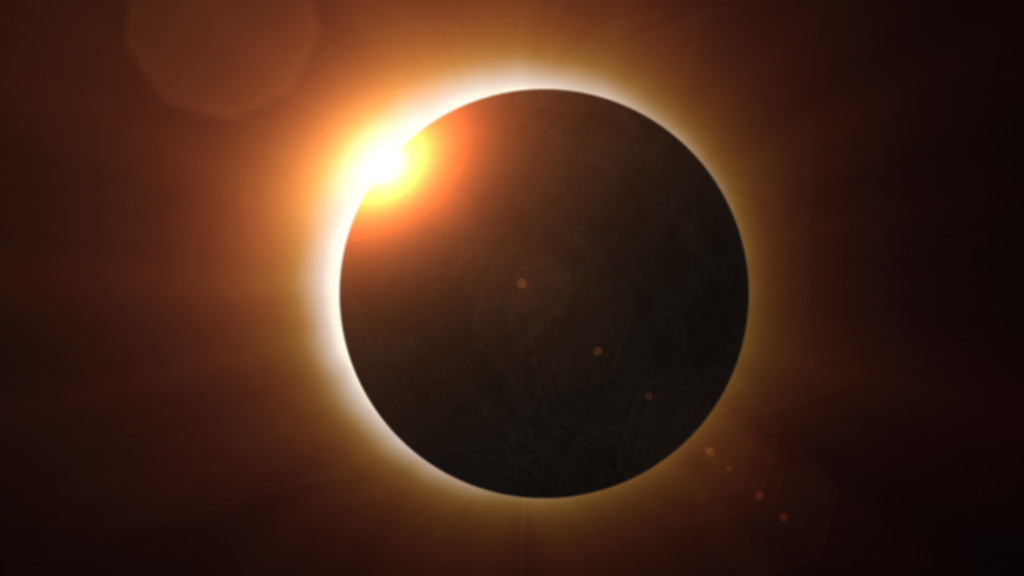
A total solar eclipse will be visible across a swath of North America | By Tim Lyster
The solar eclipse on April 8 offers those on the path of totality a few fleeting minutes to witness a rare natural spectacle—the Moon blotting out the Sun’s glare, and in doing so revealing the wispy tendrils of the solar corona.
Some 31.6 million people live along the eclipse track. Great American Eclipse estimates that between 931,000 and 3,725,000 people will travel from outside to within the path of totality. Some of those tens of millions will have never seen an eclipse, but irrespective of experience level, safety is paramount for all.
Safety First
The American Optometric Association reminds the viewing public that “except during the brief total phase of a total solar eclipse, when the Moon completely blocks the Sun’s bright face, it’s not safe to look directly at the Sun without specialized eye protection for solar viewing.”
This means wearing solar eclipse viewers that comply with international standard ISO 12312-2. The American Astronomical Society (AAS) created a list of recommended suppliers where you can shop, confident in their safety.
For those people who have already acquired glasses, the AAS has dedicated a page on how to spot counterfeit eclipse products.
Citizen Science
Eclipse watchers can go beyond simply enjoying the event. Dr. Kristine Larsen, professor at Central Connecticut State University and a co-leader of AAVSO’s Solar Section, suggests the following:
-
While safely viewing the Sun through eclipse glasses, look for sunspots
-
Keep glasses safe for later viewing of large sunspot groups.
-
If interested in observing the Sun in a way that contributes to science, join the Solar Section.
Additionally, the Astronomical League (AL) offers several observing challenges on its website to enhance the experience. The successful completion of their Total Eclipse Experiences worksheet – recording location, times, and what is observed at each phase -- qualifies the observer for a silver-level certificate (gold is limited to AL members).
Many observers will be satisfied with watching the eclipse unfold. Others will spend their time capturing the details of the drama for later review and analysis. We invite readers to submit their photographs or videos to the AAVSO, where we hope to feature them in a future blog post.

